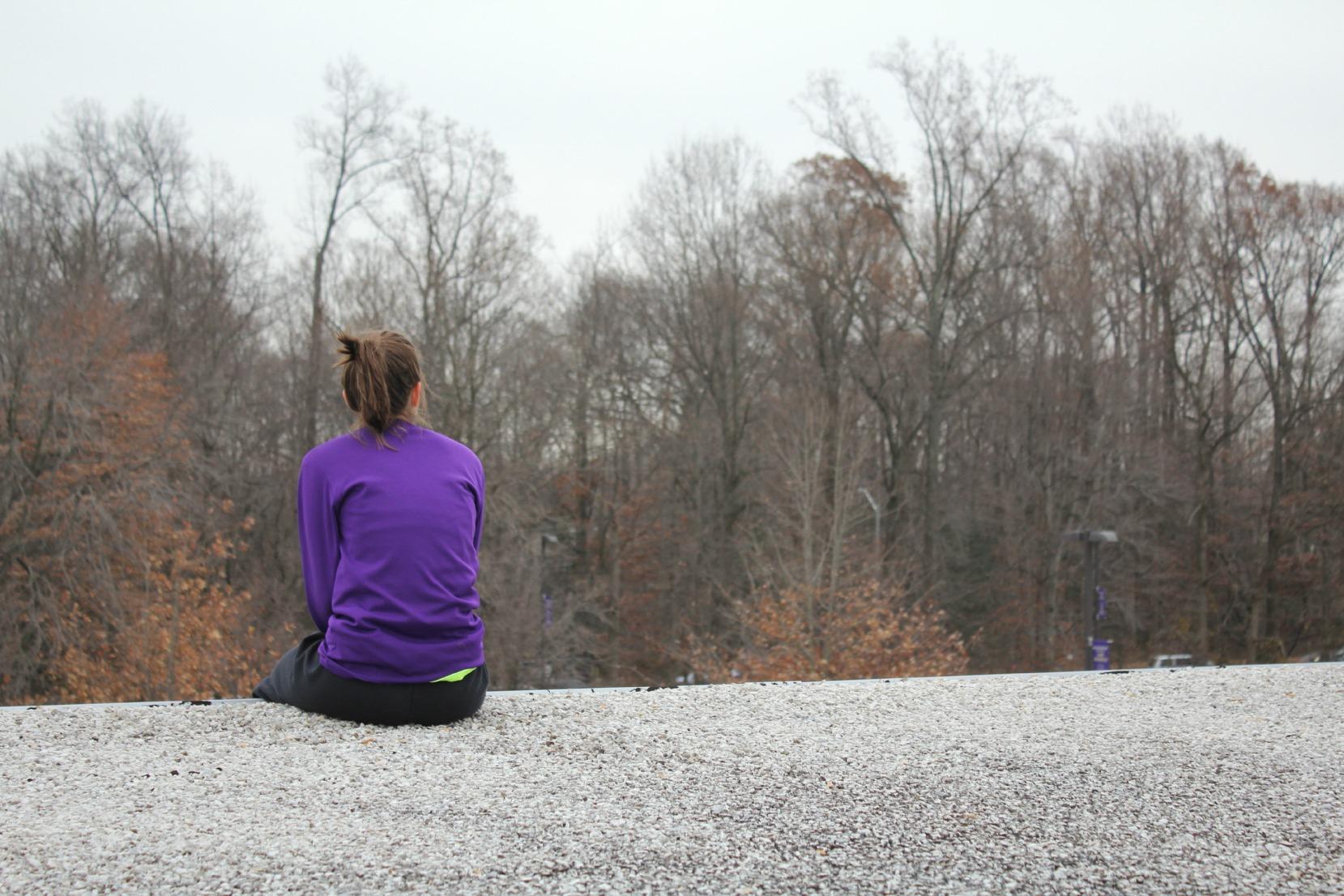Not Another Life To Lose
December 16, 2014
The Sept. 28 death of Cara Golias, a junior at Fairfax High School, “took everybody by surprise,” her father, Michael, said in an interview with the Washington Post. Golias was a gifted student-athlete with a 4.3 GPA and a passion for science.
Since September, at least three students in Fairfax County, including Golias, have committed suicide. One was a 17-year-old student at South Lakes, and the other was a 15-year-old at Robinson. Their deaths, among a series of others in the past several years, have raised a red flag in FCPS and led to an overhaul of its current mental health and suicide prevention programs.
The Centers for Disease Control (CDC) decided to help the reform process. Intervention by the CDC is a relatively common occurrence in areas where violent deaths like suicide and homicide become issues. Recently, the group sent funding to Oklahoma to gather information on recent trends. CDC experts are coming into Fairfax County to assess potential “suicide clusters” within the county and are also holding focus group meetings with parents at high schools that recently lost students to suicide. In addition to these efforts, $2.8 million in aid from the Virginia state government is going to be put into use during the next five years to expand county mental health programs.
According to a report presented to the Fairfax County Board of Supervisors, between 2003 and 2011, the county suicide rate among teens was 5.8 percent in comparison to the national rate, 7.3 percent. However, suicide in this area is still a troubling issue because, as detailed in the report, “in a county as large as Fairfax, even relatively low rates result in immense impacts” and “the impact of suicide on families, friends and communities is immeasurable.”
The overhaul of the county’s current mental health programs will likely include the implementation of new software to train faculty in identifying potentially-troubled students, said junior Anastasia Slepukhova, who is on the county’s Student Advisory Council.
“The county has been working with an independent company that developed an interactive software similar to a ‘Choose Your Own Adventure’ game to train teachers,” Slepukhova said. “I had the opportunity to try it out. It is really effective and teaches educators how to notice signs and properly approach students.”
At LB, the new approach to mental health has been shaped around student feedback, which has led to the creation of a yearlong, pyramid-wide Compassion in Action campaign instead of a single Anti-Bullying Week.
The priority has been bullying rather than stress since “bullying is often associated with suicides,” guidance counselor Deb Brown said.
In regards to suicide prevention, little reform has been made in day-to-day procedures at the school other than recently-instated depression screenings for eighth and 10th graders.
“Our daily protocol has remained the same,” Brown said. “When another student, parent or teacher gives us information that a student has indicated they could be suicidal, we find the student immediately and speak to them. We assess the student and then decide the next steps.”
The guidance office gets several reports a week warning them of potentially-suicidal students, and each of those is addressed as to whether the student should be evaluated by a mental health professional or sent directly to a hospital.
So while little change is needed in terms of handling cases of depression, there is a growing emphasis on prevention, especially in regards to bullying.
“We see [bullying] as an important issue to tackle,” Brown said. “We are stepping up the efforts to combat bullying and promote compassion and resilience for all students.”
